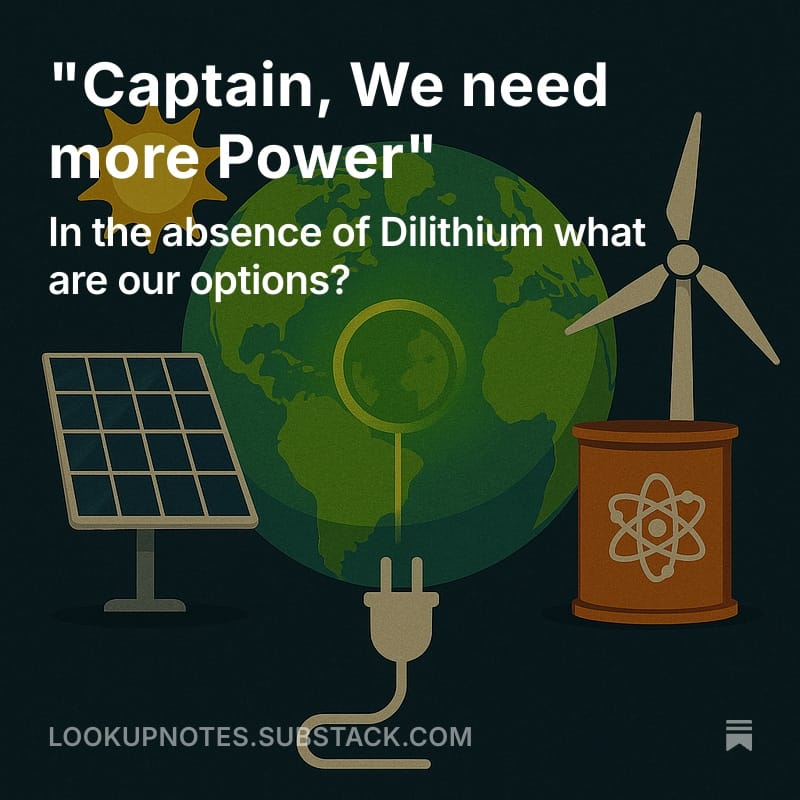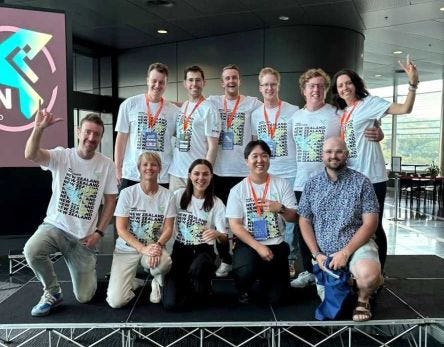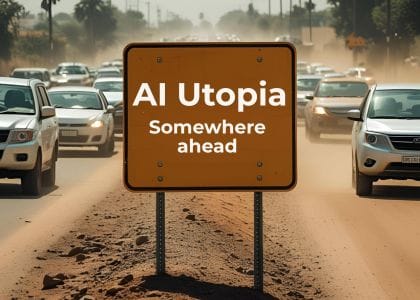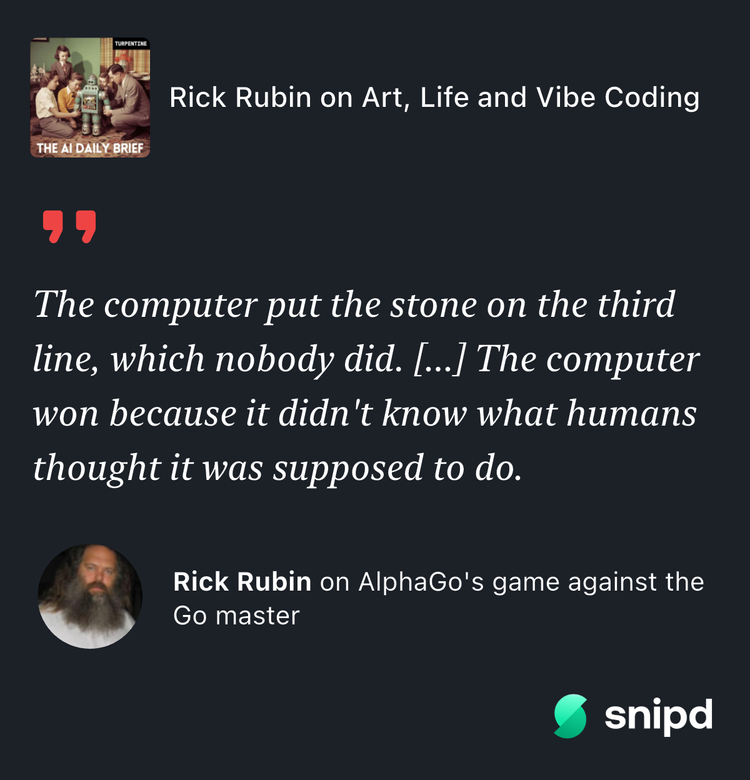"Captain We Need More Power"

I had a fantastic weekend as a Mentor and Judge at the NZ Web3NZ Hackathon (picture of me smiling to prove it). It was my first time at a hackathon, and the experience was inspiring. People new to the Web3 and crypto space brought curiosity and real-world problems to solve instead of ‘Blockchain problems’ to solve which was awesome. Projects tackled everything from Social housing to Forensic evidence to a "Trade Me for crypto" platform. It was a refreshing reminder of the power of community-led innovation - and a nice change from my far too online work life.

This week’s Look Up Tech is all about Energy Tech. Energy is a pressing problem to solve, especially as we look at the carbon cost of powering AI, crypto, data centres, and our hyper-connected lives. I get that it sounds naive to say "tech can solve it," echoing the flawed logic of this very newsletter's name inspiration - the movie Don’t Look Up. But at this point, we aren’t slowing down the tech train so our best shot might be to double down on innovation and invest in the solutions. Can technology clean up its own mess? That’s the question. Hopefully, some of the stories below offer up some optimism.
⚡ First, the Headlines
- Signal app downloads are up 28% globally, including over 40% in the US and Yemen, following the leaked war-related chat groups. (P.S. Don’t judge Signal by its users — it’s a fantastic alternative if like me you are trying to extricate yourself from Meta.)
- Speaking of Meta, Facebook is bringing back the "Friends" feed - just like old times, when you’d waste time on posts from people you actually know vs posts from people you don't. For now, it’s only available in the US and Canada.
- OpenAI has dropped a new image creator built into GPT-4.0. While it’s not the fastest (30 seconds to a minute), the quality is stunning, especially when given source images. A standout feature is the ability to iterate on generated images - unlike others that start from scratch each time you give a new prompt. I used it for the image this week, but for a more impressive example check out this clip which was done using images from the LOTR trailer: Studio Ghibli-style Lord of the Rings trailer
✨ Energy Tech - Reasons to be hopeful
☀️Breakthrough in Solar Cells
A major advance in solar cell design could make the long-sought "holy grail" of solar power more achievable. Researchers have added materials to a lightweight, flexible form of solar cells that prevent energy leakage and improve durability. The result? Solar cells that can be applied to cars, phones and more in the form of a printable layer so they can charge on the go, but also last 1,530 hours under extreme conditions - without losing performance. This could lead to cheaper, more flexible solar solutions globally.
🔋Battery-Free Electricity Using Plastic Beads
Researchers have built a battery-free power source using plastic beads and triboelectrification (that’s static electricity to you and I). By mixing different sizes of beads, they created a triboelectric nanogenerator (TENG) that powers small devices — like wearables — without batteries and with no physical contact. It’s durable too, lasting over 10,000 cycles.
📊California Clean Energy Hits 100%
For 50 out of 82 days so far in 2025, California's clean energy sources (solar, wind, and water) have provided more than 100% of electricity demand for part of the day (approximately from 10am - 4pm). It’s not full proof yet, but a glimpse of what a renewables-powered grid can look like.
👷♀️ Quaise Energy: Deep Geothermal at Scale
Quaise Energy, a geothermal startup spun out of MIT, is using millimetre-wave drilling to reach 3–20 km underground, where temperatures exceed 400°C. This could unlock terawatt-scale clean energy and plans are to reuse existing fossil fuel infrastructure to distribute it. Distribution is a big part of the 'new forms of energy' challenge so being able to use what already exists is a big win.
🌡️Smart Thermal Mats
Not ‘Terrawatt-scale energy’ but a new home energy innovation: thermal energy transfer mats. These could reduce the energy demands of appliances like fridges by passively moving heat. Energy creation and efficiency in one.
⚛️Fusion in NZ: OpenStar’s Big Step
Unlike nuclear fission, fusion works by joining atoms together — releasing huge amounts of energy from hydrogen, the universe’s most abundant element. Creating plasma is the first major milestone in any fusion project as it provides the necessary environment for nuclei to overcome their natural repulsion and fuse. Wellington based startup OpenStar recently achieved this in just two years and with $10 million — a feat that took other global players decades and billions. While OpenStar’s progress is particularly exciting, it’s part of a much broader global movement — there are dozens of fusion startups and research projects around the world, all racing to unlock safe, clean, and practically limitless energy. You can check out more of them here.
It’s easy to feel overwhelmed by the scale of the climate and energy challenge, but these breakthroughs, both small and massive, offer a glimpse of what’s possible when we combine urgency with innovation.
🤑Tune in next week when we switch gears back to Look Up Invest. Now you’ve got your feet wet with an Index Tracker Fund (right?), I think it’s time to have some fun and choose a few specific stocks to add to your portfolio.
Note: For those without a mis-spent youth watching daytime TV the Title reference is Scottie from Star Trek. 👽




